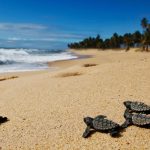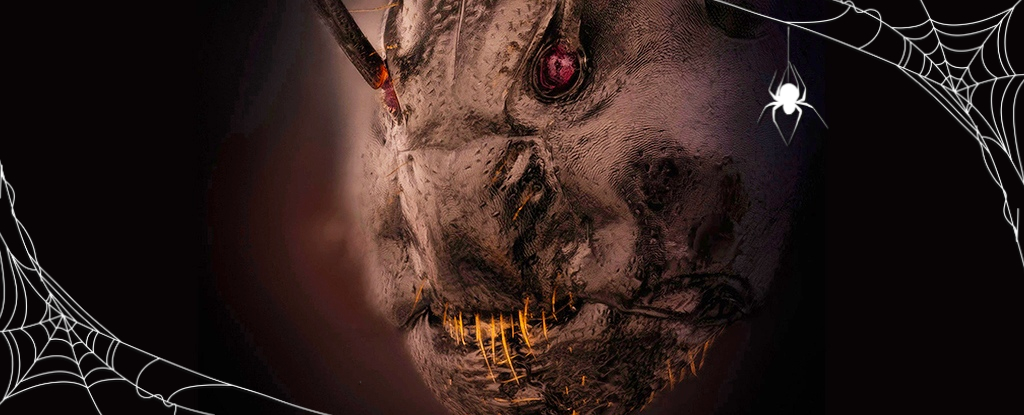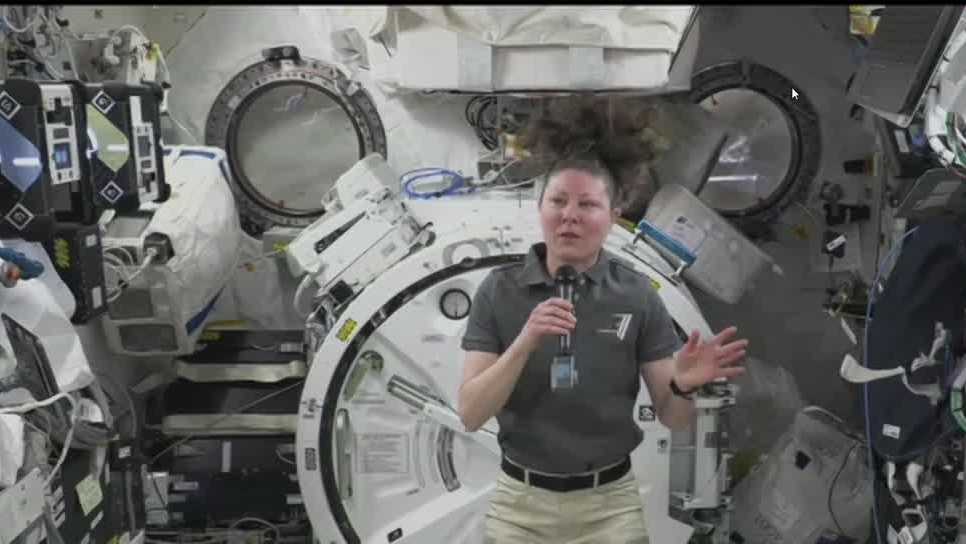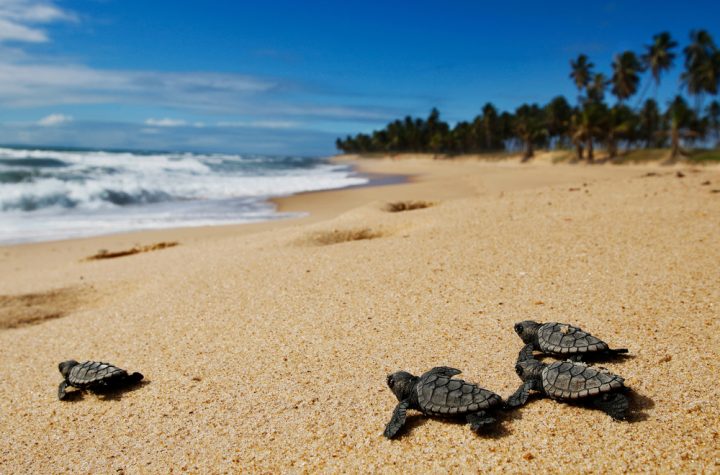A NASA astronaut with ties to Northern California joined KCRA 3 live from the International Space Station on Friday to talk about her mission as she prepares to return home after six months in space. Tracy C. Dyson is from Arcadia and earned her doctorate in chemistry from the University of California, Davis in 1997. The Expedition 71 flight engineer is aboard the International Space Station as part of her third mission to space. She was previously a mission specialist on the space shuttle Endeavour in 2007 and a flight engineer for Expedition 23/24 in 2010. When asked if she was excited to return to Earth on Sunday after another 184 days in space, Dyson said she was “very excited” to see her family. “It’s been a great six months here,” she said. “I’ve enjoyed the time, the companionship, the work.” Dyson said she “never gets tired” of seeing Earth while in the microgravity lab. “Seeing our planet from this vantage point is one of the most miraculous things I can think of,” Dyson said. “The fact that we’re here, and that we can see our planet amidst the stark contrast of the black universe, is one of the most amazing things I can think of here,” she said. However, Dyson said astronauts don’t get to stare out the window very often “because our schedules are so busy.” Dyson grew up in Southern California and continued to compete in track and field while in college at California State University, Fullerton, where she earned her undergraduate degree in chemistry. She became a pilot while attending graduate school in Davis and also learned Russian and American sign language. NASA invited her to begin training as an astronaut about a year after she began her postdoctoral studies at the University of California, Irvine, according to UC Davis’s Letters & Science magazine. She also served as a consultant for the film “The Martian.” On her most recent mission, Dyson conducted experiments and studies on stem cell research and fire safety in microgravity. She told KCRA 3 that fire safety applications include spacecraft and space station design, spacesuits, and operations. “Anytime we come to an understanding of any kind of physical process here, it always has a direct connection to those on Earth,” she said. Asked what the most interesting project she’s worked on was, Dyson said it was hard to choose. “But it comes to mind because my background isn’t in biology, which involves stem cells and also using 3D printing techniques to replicate tissue,” she said. “For me, it’s very exciting to take a technology and try to make human tissue that could help us explore in the future. You know, if in such a remote environment we can’t replace organs or tissues or we need to help them heal quickly and we don’t have the materials there.” Mike Cherry of KCRA 3 also asked Dyson if she had ever experienced motion sickness when she first arrived at the space station. Dyson said that hadn’t happened on any of her missions. But there are a few ways astronauts can cope. One is “very simple,” she said. “We have a very high-tech thing called a vomiting bag, but it’s really just a vomiting bag,” she said. “The real simple way to deal with it is if you feel sick, you have a way to get through it.” Dyson ended her interview by thanking those in Sacramento who encouraged and supported her. See more coverage of the top stories in California here | Download our app | Sign up for our morning newsletter
A NASA astronaut with ties to Northern California joined KCRA 3 live from the International Space Station on Friday to talk about her mission as she prepares to return home after six months in space.
Tracy C. Dyson is from Arcadia and received her Ph.D. in chemistry from the University of California, Davis in 1997. She is an Expedition 71 flight engineer aboard the International Space Station as part of her third mission to space. She was previously a mission specialist on Space Shuttle Endeavour in 2007 and a flight engineer on Expedition 23/24 in 2010.
Asked if she was excited to return to Earth on Sunday after another 184 days in space, Dyson said she was “very excited” to see her family.
“It's been a great six months here. I've enjoyed the time, the companionship and the work,” she said.
Dyson said it “never gets too stressful” to see Earth while in the microgravity lab.
“Seeing our planet from this vantage point is one of the most miraculous things I can think of,” she said. “The fact that we are here, and that we can see our planet amidst the stark contrast of the black universe, is one of the most amazing things I can think of here.”
However, Dyson said astronauts don't get the chance to look out the window very often “because our schedule is so busy.”
Dyson grew up in Southern California and continued to compete in athletics while attending college at California State University, Fullerton, where she earned her undergraduate degree in chemistry.
She became a pilot while attending graduate school at Davis and also learned Russian and American Sign Language.
NASA invited her to begin training as an astronaut about a year after she began her postdoctoral studies at the University of California, Irvine, according to UC Davis's Letters & Science magazine. She also served as a consultant for the movie “The Martian.”
On her latest mission, Dyson conducted experiments and studies on stem cell research and fire safety in microgravity.
She added to KCRA 3 that fire safety requests relate to the design and operation of spacecraft, the space station and space suits.
“Every time we come to understand any kind of physical process here, it always has a direct connection to those on Earth,” she said.
When asked about the most interesting project she has worked on, Dyson said it was difficult to choose.
“But one thing that comes to mind because my background is not in biology is the ones that involve stem cells and also the ones that use 3D printing techniques to replicate tissue,” she said. “For me, it’s very exciting that we’re using a technology and trying to make human tissue that can help us explore in the future. You know, if in such a remote environment we can’t replace organs or tissues or we need help healing quickly and we don’t have the materials there.”
KCRA 3's Mike Cherry also asked Dyson if she suffered from motion sickness when she first arrived at the space station.
Dyson said this hasn’t happened on any of her missions. But there are several ways astronauts can adapt. One of them, she said, is “very simple.”
“We have a very advanced technology, called vomiting bags, but they’re really just vomiting bags,” she said. “The real simple way to deal with it is if you feel sick, you have a way to get over it.”
Dyson concluded her interview by thanking those in Sacramento who encouraged and supported her.
See more coverage of California's top news here. | Download our app | Subscribe to our morning newsletter

“Extreme travel lover. Bacon fanatic. Troublemaker. Introvert. Passionate music fanatic.”







More Stories
Turtle Nesting Sites and Climate Change: A Growing Concern
NightCafe Review and Tutorial (October 2024)
Report: The Menendez brothers may be released from prison before Christmas